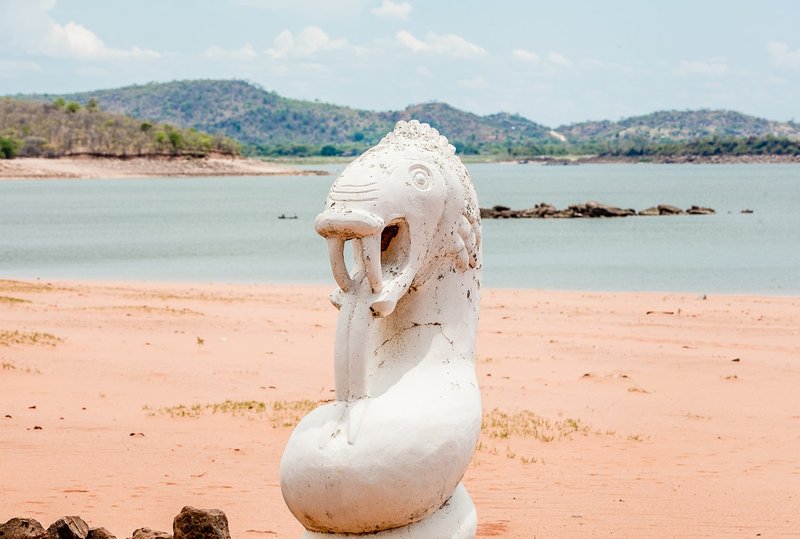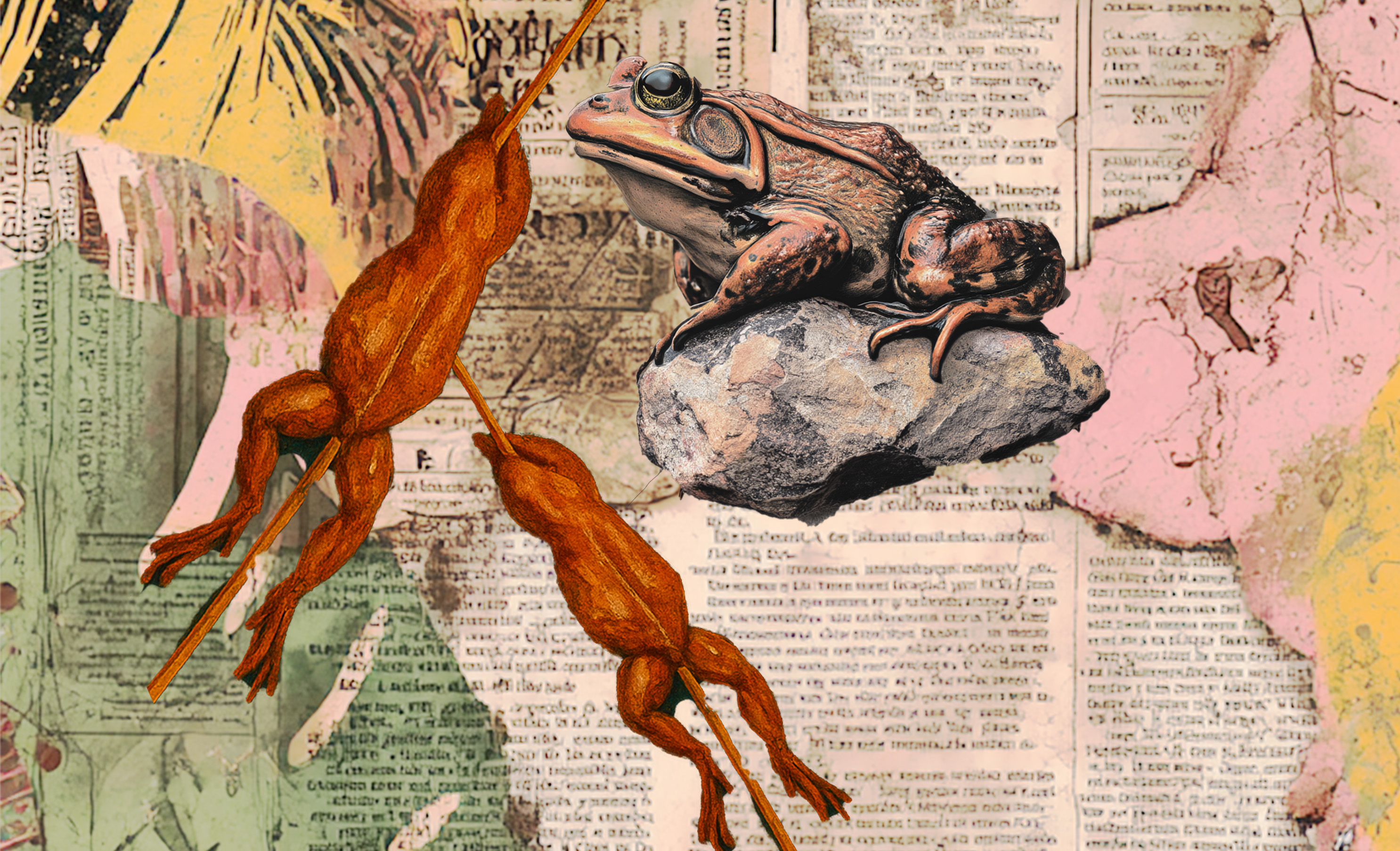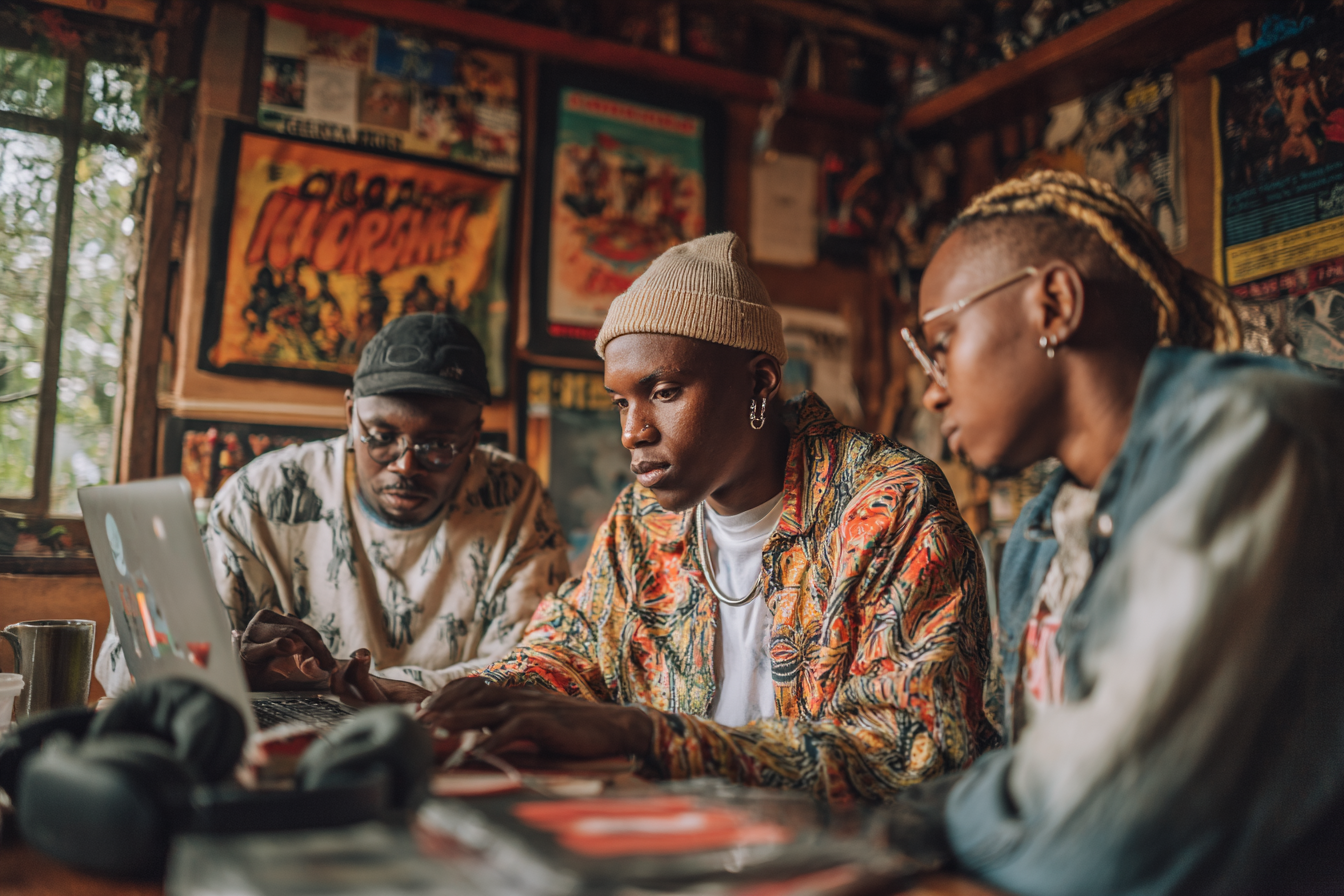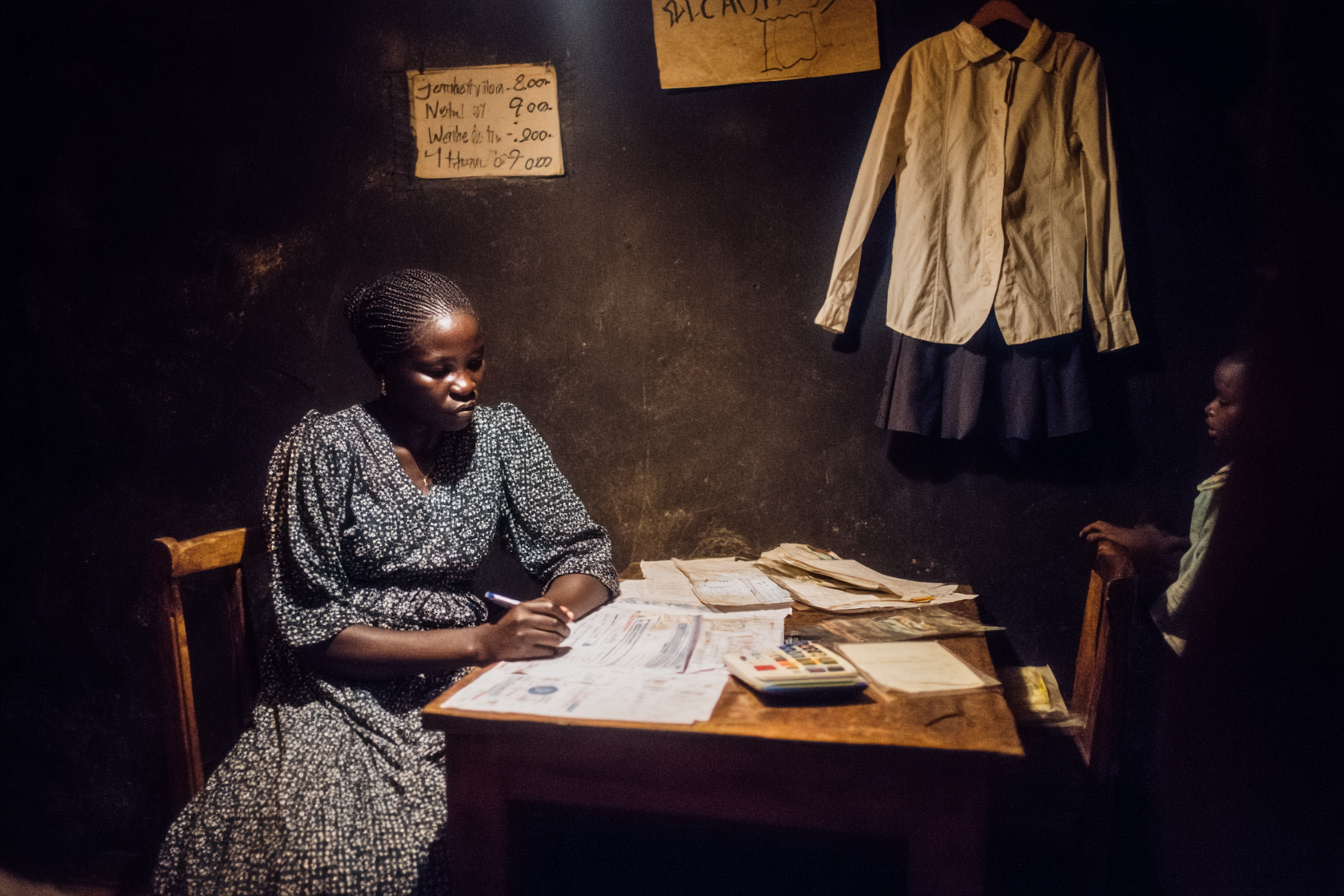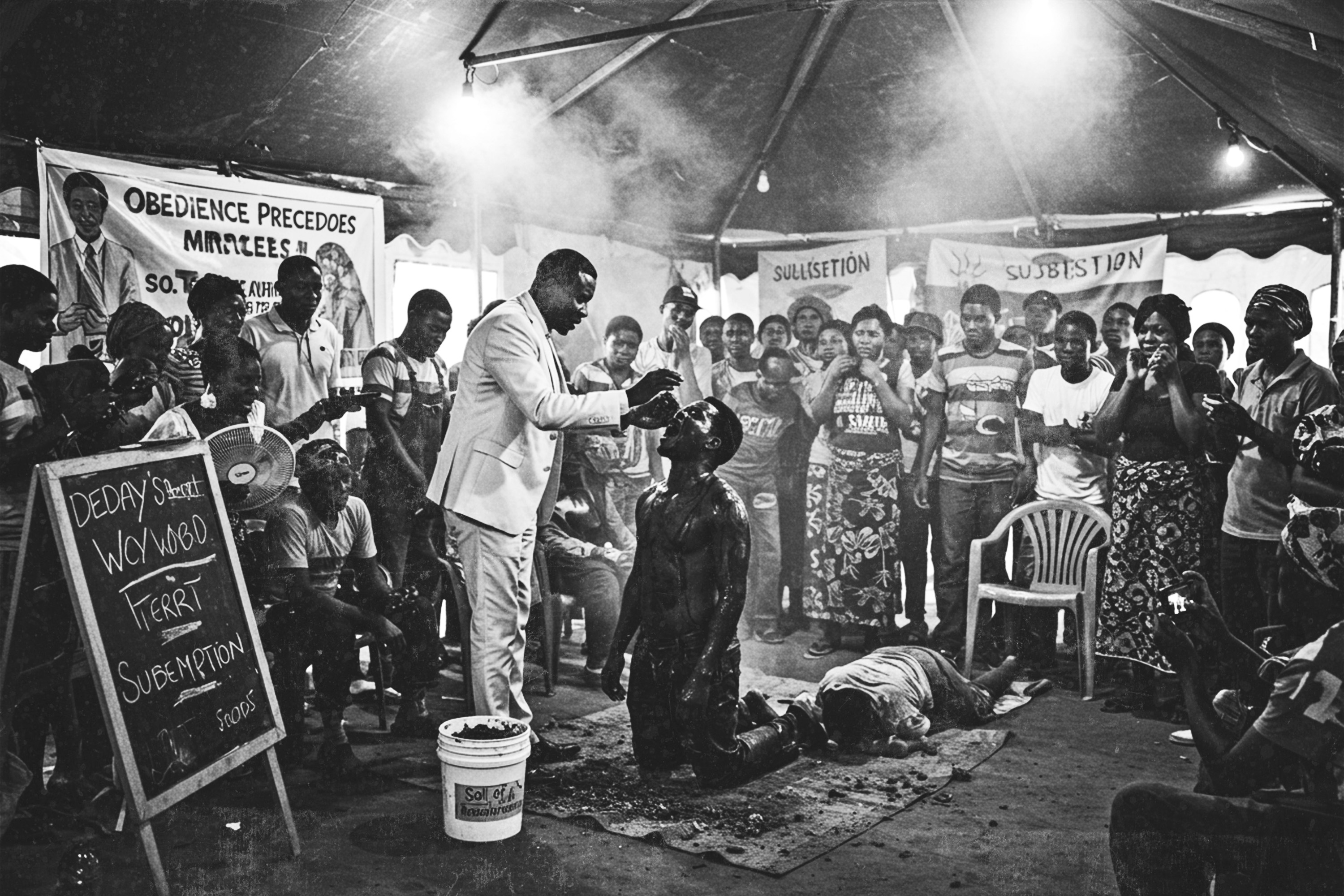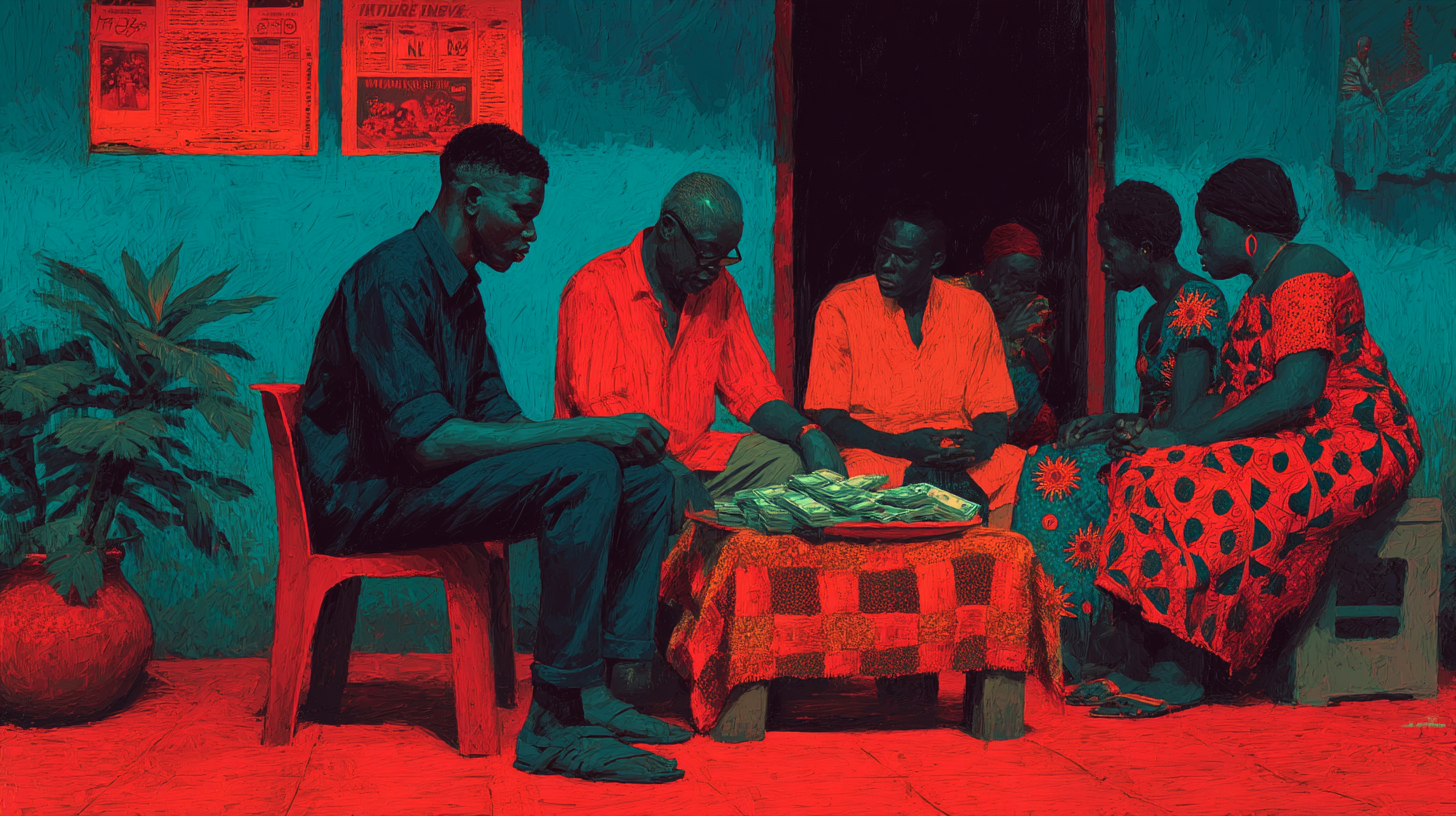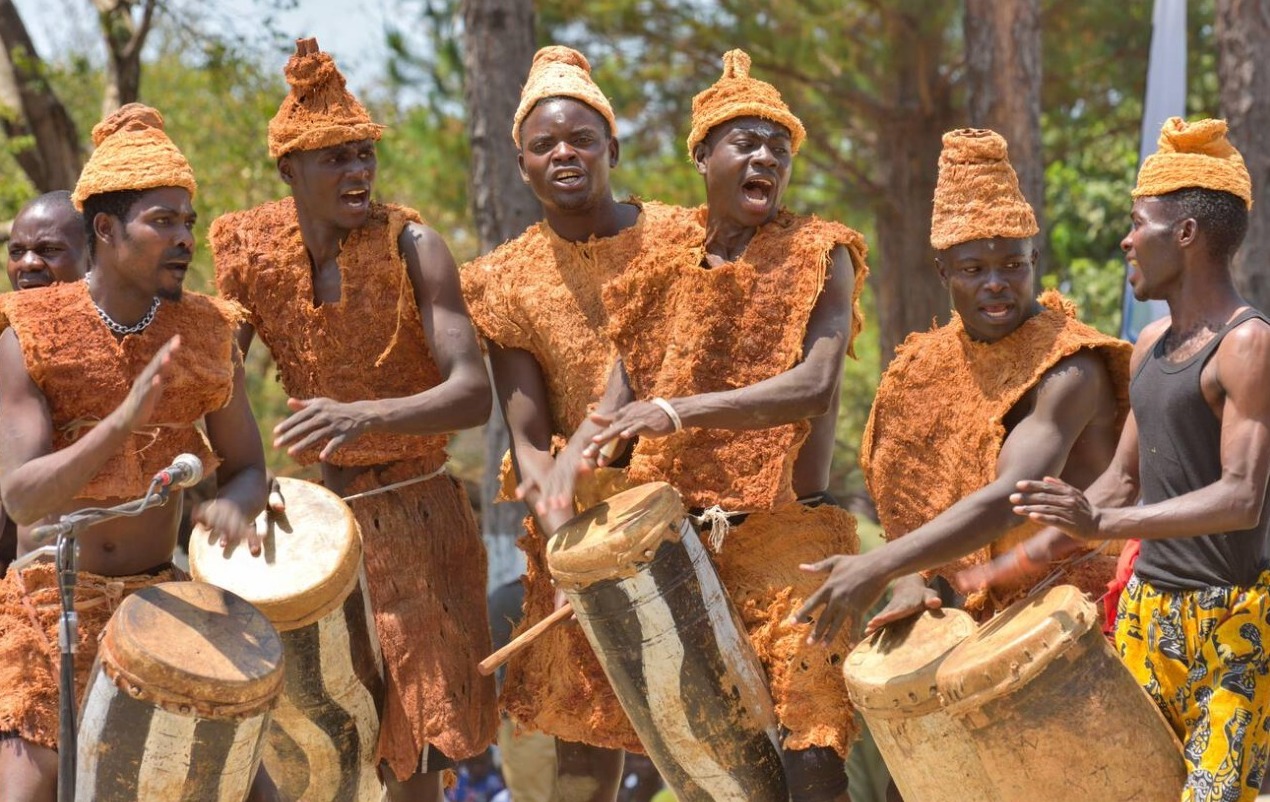The mighty Zambezi River, Africa’s fourth largest river, is a lifeline for countless communities and a source of spiritual significance for the Tonga people who historically occupy parts of southern Zambia and northern Zimbabwe. At the heart of this river's mystique is Nyami Nyami, a divine entity revered as the guardian of the Zambezi. For generations, the Tonga people, guardians of this land, have whispered stories of Nyami Nyami, the guardian deity that watches over the river's ebb and flow.
Imagine a creature of divine majesty—a serpentine form adorned with the head of a fish. To the Tonga people, Nyami Nyami is more than a myth; he is the very essence of their existence, ensuring the fertility of the river and the prosperity of those who depend on its benevolence. According to Tonga folklore, Nyami Nyami's presence ensures the fertility of the land and the prosperity of those who depend on it for sustenance.
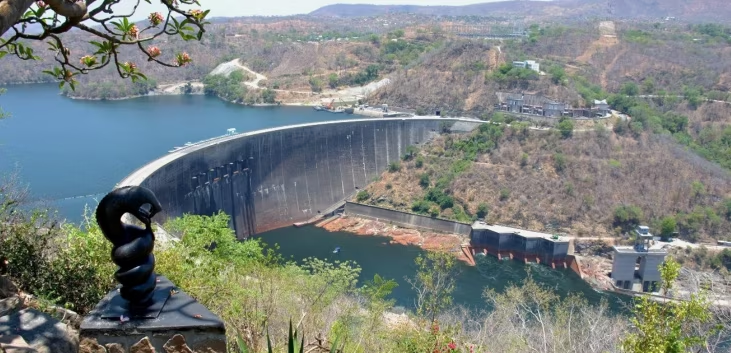
Yet, the tranquillity of the Zambezi was shattered in the 1950s with the erection of the Kariba Dam, a monument to human engineering that unwittingly challenged the natural order. As concrete walls rose, the river's spirit trembled, sensing the intrusion upon its sacred domain. The waters, once free-flowing, now stood restrained, contained by the hubris of progress.
The construction of the Kariba Dam in the 1950s disrupted the natural flow of the Zambezi, leading to widespread devastation in the region. Many believe that Nyami Nyami's wrath was unleashed in response to this disruption, causing floods and destruction along the riverbanks. More than 80 people are said to have died during the construction of the dam. It is believed that during the construction of the Kariba Dam, the world’s largest man-made dam, Nyami Nyami was separated from his wife and for locals, this is an explanation for all the turmoil that accompanied the dam’s construction.
For the Tonga people, the dam was not merely a structure of concrete and steel but a symbol of displacement and loss. Over 57,000 were uprooted from their ancestral homes and forced to tread unfamiliar soil. But one legend states that the elders of the tribe called on the Nyami Nyami to wreak havoc on the project, devastated but hopeful that they would one day return to their homeland.
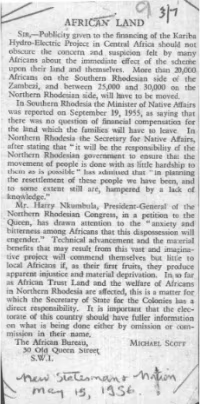
The Kariba Dam is shared by both Zambia and Zimbabwe and is located in Siavonga on the Zambian side. As visitors gaze upon the tranquil waters of the Zambezi or the Kariba Dam, they may not grasp the weight of history that flows beneath the surface—the stories of resilience, sacrifice, and reverence. But for the Tonga people, Nyami Nyami endures as more than a myth; he is a living embodiment of their connection to the land and the waters that sustain them and a reminder that there are consequences to disrupting the flow of nature.
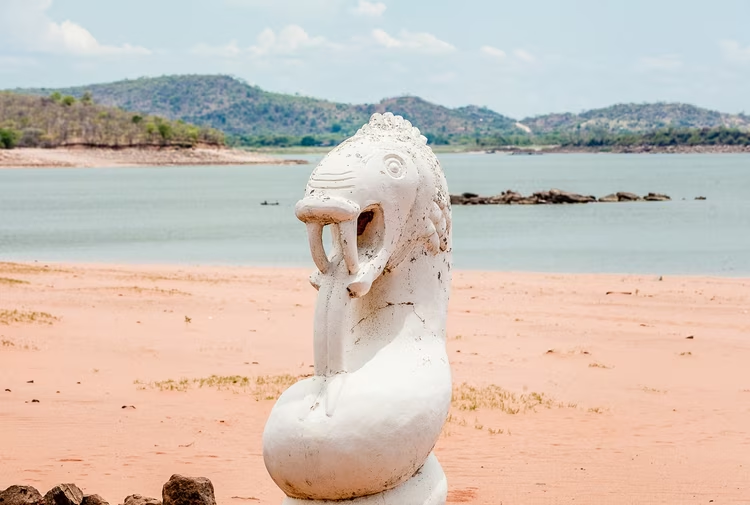
In a world driven by change and progress, the spirit of Nyami Nyami serves as a poignant reminder—a testament to the enduring links between humanity and the natural world. For as long as the Zambezi flows, so too shall the legend of its guardian deity be for generations to come.
Images by: Kalichi Pictures, Swedish Ethnographic Museum and UNIP Archives
